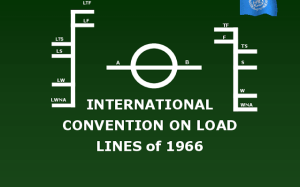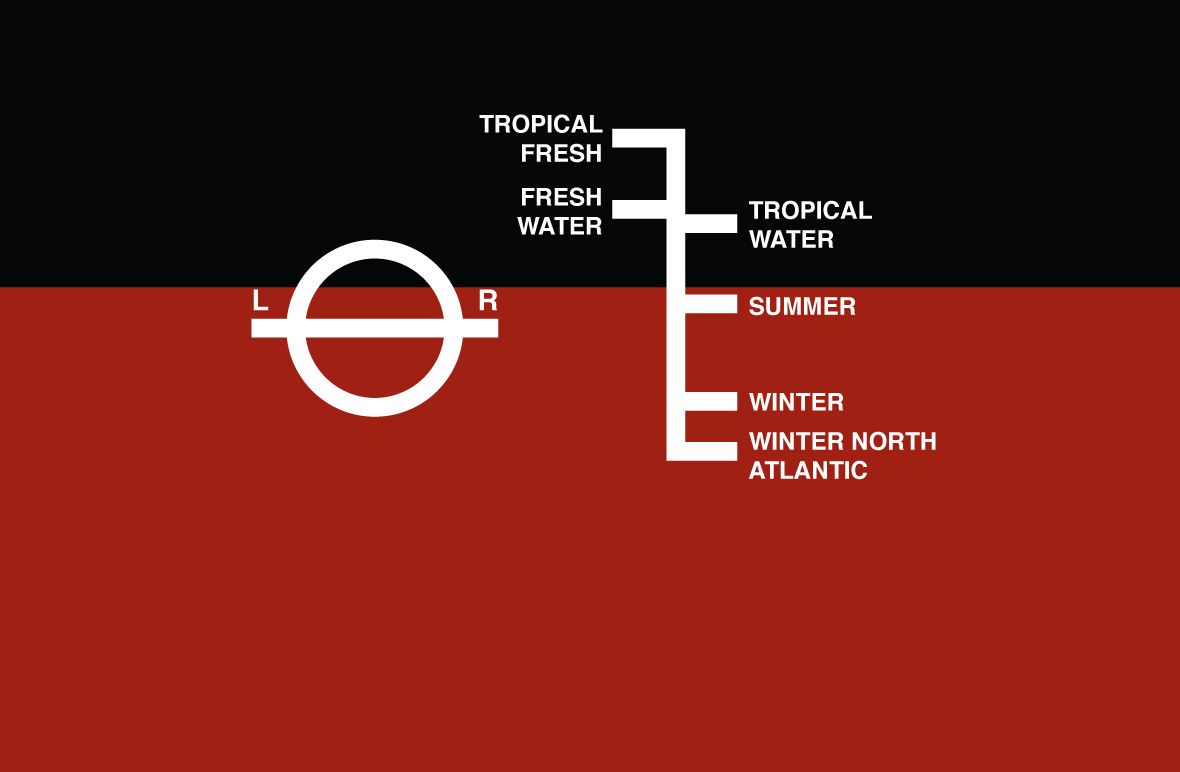International Ship Load Line Convention
The International Ship Load Line Convention establishes globally recognized regulations for determining the safe loading levels of ships. Initially convened in 1930, this convention aimed to standardize the marking of load lines, ensuring vessels maintain adequate freeboard and buoyancy, thereby preventing overloading and enhancing maritime safety.
The convention has undergone several amendments, with significant updates in 1966 and the latest in 2003, adapting to advancements in ship design and safety standards. The convention’s regulations divide the world into different geographical zones, each with specific load line requirements, considering varying water densities and environmental conditions.
Key components of the convention include the establishment of different load lines for summer, winter, and tropical conditions, and special timber load lines for ships carrying timber cargo. Ships compliant with these regulations receive an International Load Line Certificate, valid for up to five years, ensuring they meet the necessary safety standards for international voyages.

Load lines are crucial in maritime navigation, ensuring the safe loading of ships by indicating the maximum permissible draft of a vessel. Positioned amidships, these markings show the maximum depth to which a ship can be safely loaded, considering the type of water it navigates. This comprehensive article delves into the history, purpose, types, and regulations surrounding ship load lines.
History and Significance
The significance of load lines emerged from numerous maritime accidents caused by overloading vessels. Recognizing the need for a standard maximum limit, Britain introduced the concept in the 1870s. The first International Load Line Convention occurred in 1930, periodically amended until the latest version in 2003.
Purpose and Necessity
Load lines serve a critical purpose in maritime safety:
- Prevent Overloading: They establish a maximum legal limit to prevent overloading, ensuring sufficient freeboard and buoyancy.
- Ensure Stability: Adequate freeboard at all times is essential to maintain the ship’s stability and minimize hull stress.
- Regulate Buoyancy: Load lines help regulate the buoyancy of a vessel, considering different water densities.
Understanding Load Line Marks and Types
Load lines are special markings amidships, with all vessels over 24 meters requiring these markings. The markings include:
- Deck Line: A horizontal line measuring 300mm by 25mm, passing through the upper surface of the freeboard deck.
- Load Line Disc: A 300mm diameter disc with a horizontal line intersecting it, marking the ‘Summer saltwater line’ or ‘Plimsoll Line’.
- Load Lines: Horizontal lines extending forward and aft from a vertical line 540mm from the disc’s center, indicating maximum submersion depths in various conditions.
Types of Load Lines
- Standard Load Line Markings: Applicable to all vessels, indicating different drafts for various water conditions.
- S (Summer): The primary freeboard line at the same level as the Plimsoll Line.
- T (Tropical): Marked above the Summer line by 1/48th of the summer draft.
- W (Winter): Marked below the Summer line by 1/48th of the summer draft.
- WNA (Winter North Atlantic): 50mm below the Winter line, for voyages in the North Atlantic during winter.
- F (Fresh Water): Summer freshwater load line, with the distance between S and F being the Fresh Water Allowance (FWA).
- TF (Tropical Fresh Water): Above the T line by an amount equal to FWA.
- Timber Load Line Markings: For vessels carrying timber deck cargo, complying with the Code of Safe Practices for Ships Carrying Timber Deck Cargo.
- LS (Lumber Summer): The upper edge marks the summer saltwater timber loading.
- LW (Lumber Winter): 1/36th of the lumber summer draft below LS.
- LT (Lumber Tropical): 1/48th of the lumber summer draft above LS.
- LWNA (Lumber Winter North Atlantic): At the same level as WNA.
- LF (Lumber Freshwater): Above LS by an amount equal to FWA.
- LTF (Lumber Tropical Fresh Water): Above LT by an amount equal to FWA.
International Load Line Certification
Ships marked according to the Load Line Convention receive an International Load Line Certificate, valid for up to five years, detailing assigned freeboard and freshwater allowance. Any changes to the ship’s structure or markings require re-certification by the authorized authority.
Frequently Asked Questions
- What is a load line in shipping?
- Also known as the Plimsoll Line, it indicates the maximum safe submersion level of a vessel.
- What is the purpose of a load line on a ship?
- To prevent overloading, ensuring sufficient freeboard and stability.
- What is a summer load line?
- The maximum loading waterline in summer conditions.
- Where are load lines exactly located?
- Amidships on the hull of a ship, indicating the permissible draft.
- How many types of load lines are there?
- Two types: Standard load line markings and Timber load line markings.
Conclusion
Load lines are vital for maritime safety, preventing overloading and ensuring sufficient buoyancy and stability. Understanding and adhering to these markings are crucial for safe and efficient maritime operations. For further details, refer to the International Load Line Convention and guidelines by maritime safety authorities.



Thank you
I am truly delighted to glance at this webpage posts
which consists of lots of helpful data, thanks for providing these kinds of information.